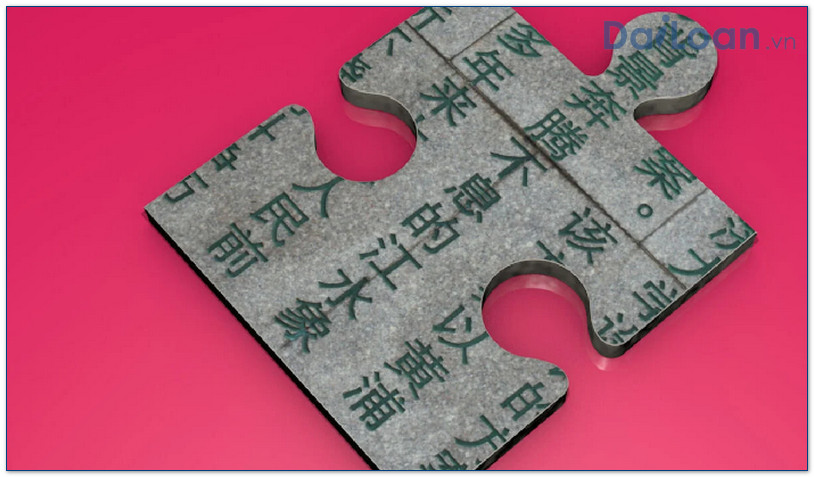In the ever-evolving landscape of the Chinese language, certain characters not only encapsulate meaning but also reflect cultural significance. One such character is 紗 (shā), which draws interest not just for its definition but also for its grammatical application and context in which it is used. In this comprehensive guide, we will delve into the meaning of 紗, its grammatical structure, and provide illustrative examples to help you understand its usage in daily conversations.
Understanding the Meaning of 紗 (shā)
The character 紗 (shā) primarily refers to a type of gauze or thin, sheer fabric often used in garments, curtains, or decorative items. Its lightweight and translucent properties make it ideal for applications where breathability and aesthetics are valued.
In a broader sense, 紗 can also carry abstract meanings, often symbolizing delicacy and lightness in various contexts. In traditional Chinese culture, materials like 紗 have been used in clothing for centuries, influencing fashion and functionality.
Grammatical Structure of 紗
As a noun, 紗 functions within sentences typically as a subject or object. Understanding its use requires familiarity with Chinese sentence structures. Let’s break down its grammatical aspects:
functions within sentences typically as a subject or object. Understanding its use requires familiarity with Chinese sentence structures. Let’s break down its grammatical aspects:
1. Noun Usage
In its most straightforward form, 紗 is used as a noun. For instance, it can be paired with measure words or classifiers, which are essential in Mandarin.
2. Compound Words
紗 often appears in compound words that modify its meaning. For instance, 紗窗 (shā chuāng) means “sheer window curtain,” showing how this character can combine with others to create specific imagery.
Example Sentences Using 紗
To illustrate how 紗 fits into the syntax of the Chinese language, here are several example sentences:
1. Basic Sentences
- 她买了一块白色的紗。
(Tā mǎile yī kuài báisè de shā.)
“She bought a piece of white gauze.” - 这件衣服是用紗做的。
(Zhè jiàn yīfú shì yòng shā zuò de.)
“This garment is made of gauze.”
2. Advanced Sentences
- 在夏天,紗窗能够让房间保持凉爽。
(Zài xiàtiān, shā chuāng nénggòu ràng fángjiān bǎochí liángshuǎng.)
“In summer, sheer window curtains can keep the room cool.” - 她的婚纱上用了一层精致的紗。
(Tā de hūn shā shàng yòngle yī céng jīngzhì de shā.)
“Her wedding dress is adorned with a layer of exquisite gauze.”
Conclusion
In summary, the character 紗 (shā) holds a significant place in the Chinese language, reflecting not only a material aspect but also conveying cultural meanings of lightness and delicacy. Understanding its grammatical structure enhances your language skills and appreciation for the subtleties of Chinese. By incorporating examples in both conversational and written forms, learners can better grasp how to use 紗 effectively.
As you explore more about Chinese characters, always remember that each character carries a world of meaning and history that enriches the language and its users.

Sứ mệnh của Chuyên là giúp đỡ và truyền cảm hứng cho các bạn trẻ Việt Nam sang Đài Loan học tập, sinh sống và làm việc. Là cầu nối để lan tỏa giá trị tinh hoa nguồn nhân lực Việt Nam đến với Đài Loan và trên toàn cầu.
CÓ THỂ BẠN QUAN TÂM
Du học Đài Loan
Lao Động Đài Loan
Việc Làm Đài Loan
Đơn Hàng Đài Loan
Visa Đài Loan
Du Lịch Đài Loan
Tiếng Đài Loan
KẾT NỐI VỚI CHUYÊN
Zalo: https://zalo.me/0936126566
Website: www.dailoan.vn




